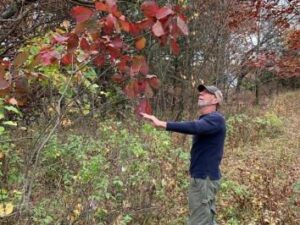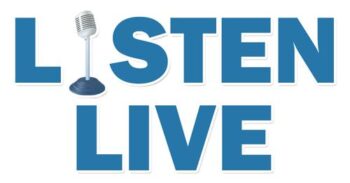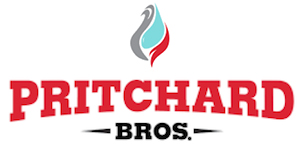AMES, Iowa—Woodland owners who want to know the value of their forest or how their forest can be improved oftentimes just need to know where to begin.
That’s the goal behind two new forest resources from Iowa State University Extension and Outreach.
“Planning for Wooded Acreages and Woodlands” is a resource-filled article available on the Iowa State University Extension and Outreach Natural Resource Stewardship website, and the “Woodland Assessment Worksheet” is a three-page publication available on the Extension Store.
Both resources help woodland owners with the first steps of forest assessment, including taking an inventory of the types of trees and other plants on the property, growth stages, goals for future use, and mapping of property lines and special features.
“The ‘Planning for Wooded Acreages and Woodlands’ web resource provides a breakdown of the planning process, while the ‘Woodland Assessment Worksheet’ identifies opportunities, threats and vulnerabilities within woodlands – information critical to effective planning,” said Billy Beck, extension forestry specialist at Iowa State.
The web article walks woodland owners through goals and objectives, special features of the woodlands, management plans, aesthetics and wildlife, and alternative forest products.
The assessment tool uses photographic depictions of different conditions and species commonly found in Iowa’s woodlands and asks the forest owner to record whether each item is rare, present or abundant.
Both publications encourage woodland owners to form a close relationship with a professional forester. The woodland assessment worksheet can help guide conversations with professional foresters, according to Beck, so that realistic goals can be set.
“These resources are intended to assist stewards in the goal-setting and planning processes, and set them up to have effective initial conversations with forestry professionals,” said Beck. “Forest stewardship can take many routes on an individual property, and your goals will determine which route you take.”
In addition to pictures and a checklist, the worksheet also provides a basic set of forest management definitions, covering terms like understory, midstory and overstory, woodland stewardship plans and more.
The following are some tips and suggestions shared in both publications:
- Identify the property boundaries and clearly mark them with posts, fencing, natural barriers such as bluffs, rivers and streams.
- Identify accesses and easements.
- Identify the trees and other plant species that exist in the woodlot by completing a resource inventory. Look for invasive plants such as multiflora rose, buckthorn, honeysuckle and garlic mustard.
- Look at the land characteristics and features and think about how they may influence the usability of the site.
- Evaluate riparian (streamside) areas as well as factors that may impact water quality (e.g., gully erosion).
- Look at the historical and current land uses.
For more information, Beck can be reached at wjbeck@iastate.edu or 515-294-8837.


(contributed article and photo, ISUANR)









